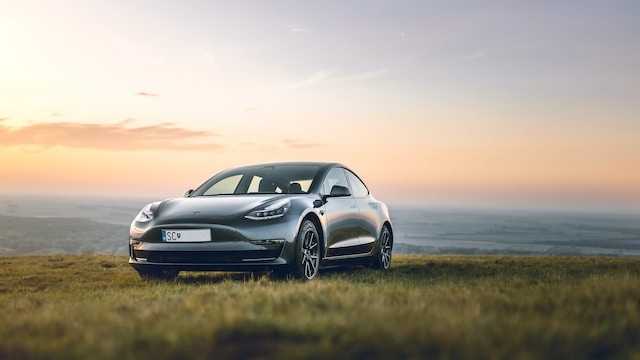Lessen changes and increase the battery's longevity, researchers have created an all-season thermal cloak capable of warm an electric vehicle by 6.8°C at night and cool it by 8°C on a hot day.
The majority of the cloak's material, aluminum and silica, allows it to function effectively in both hot and cold conditions without any modifications.
How does thermal cloak benefits vehicles?

According to lead author Kehang Cui, a materials scientist at Shanghai Jiao Tong University, the thermal cloak is similar to clothing for machines, structures, spaceships, or even interplanetary settlements to keep cool in summer and warm in winter, as per ScienceDaily.
The cloak separates the car -- or any other thing beneath it -- from its surroundings, dampening variations in ambient temperature.
The cloak is made up of two layers: an inner layer that traps heat and an effective outer layer that reflects sunlight. Any heat that the outer layer does absorb is quickly dispersed into space by the way it is emitted. Because of its style, it is known as the Janus thermal cloak after the two-faced Roman god Janus.
Although ideal in the summer, this approach would result in a colder car in the winter. It's quite challenging to create anything that can turn on and off by itself with no use of outside energy, according to Cui.
The cloak was created by Cui and his colleagues to automatically offset this effect during the winter. The cloak uses a phenomenon known as photon recycling, which means that any energy caught beneath it would bounce back and forth between the car and the cloak rather than escaping to the environment outside.
Electric Vehicles are protected during cold seasons
Colder temperatures are uncomfortable for electric vehicles (EVs) and might limit performance. This is due to the fact that batteries perform worse in single and zero digit temperatures, as per Business Telegraph.
Most current EV lithium-ion batteries rely on a chemical reaction to store and release electricity, but the reaction slows down in cooler temperatures, which limits battery performance.
Manufacturers have tried to address this problem by incorporating auxiliary heat pumps into their newest models, which will help batteries reach their optimal working temperatures more quickly.
Buyers of EVs are advised to look for models that either come with heat pumps as standard equipment or that can be added as an optional extra because their addition should lessen the effect of range loss in the winter.
Additionally, lower temperatures restrict the range of EV batteries as well as how rapidly they can be charged.
The chemical reaction and energy transfer in the battery are impacted by charging when the temperature is significantly lower than this. As a result, it may take longer for a battery to recharge, particularly during an overnight cold snap.
Quality assessment of product's materials
The researchers tested the thermal cloak's effectiveness on parked electric cars in Shanghai to simulate real-world environmental conditions.
Thin silica threads that have been covered in hexagonal boron nitride flakes, a ceramic substance like graphite that increases the fibers' solar reflectivity, form the cloak's exterior layer.
The inner layer, which is formed of an aluminum alloy, is attached to the fabric that was created by braiding and weaving these threads together.
The shroud was purposely created by the developers to facilitate future production growth. For instance, employing thinner silica fibers might increase solar reflectivity, however they might be weaker and unable to be produced using existing high volume, industrial level production procedures.
The cloak is also inexpensive and lightweight, strong, and fire-resistant thanks to the materials utilized, which also include boron nitride, silica, and aluminum.
Related Article: Scientists Turns Waste Heat Into Electricity
© 2025 NatureWorldNews.com All rights reserved. Do not reproduce without permission.





